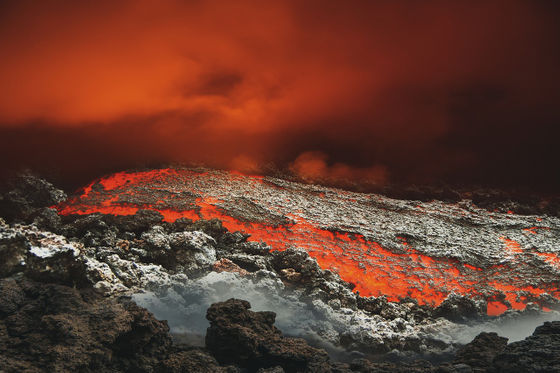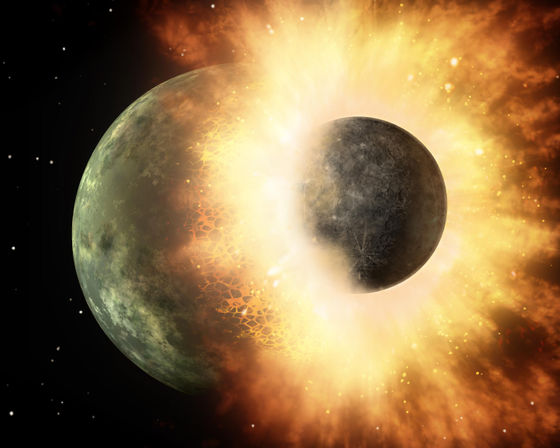Indian lunar probe finds evidence of ancient moon's 'ocean of magma'

It is believed that the primordial Earth was a fireball covered in magma, which was the result of repeated collisions of rocks. The Indian lunar probe Chandrayaan-3 has discovered traces of a magma ocean on the surface of the moon in the past.
Chandrayaan-3 APXS elemental abundance measurements at lunar high latitude | Nature
The Moon was once covered by an ocean of molten rock, data from India's space mission suggests
https://theconversation.com/the-moon-was-once-covered-by-an-ocean-of-molten-rock-data-from-indias-space-mission-suggests-237245
First analysis of soil near the moon's south pole suggests its surface was once covered in molten magma
https://phys.org/news/2024-08-analysis-soil-moon-south-pole.html
Chandrayaan-3, launched by India in July 2023, successfully made a soft landing on the moon's surface in August, and sent the lander Vikram and the rover Pragyan near the south pole of the moon to begin investigations.
India's Chandrayaan 3 successfully lands on the moon, becoming the first in the world to land on the south pole of the moon - GIGAZINE

A research team led by Santosh Vadawale of the Indian Institute of Physics used the alpha particle X-ray spectrometer on the Pragyan to analyze regolith samples from 23 locations near the south pole of the moon. They found that the elemental composition of the surrounding area was relatively uniform, with all samples containing iron-rich anorthosite .
According to the research team, the composition measurements of the lunar south pole are intermediate between those of samples returned by the American Apollo 16 and the Soviet Luna 20 from the lunar equator.
The similar chemical composition of samples taken from geographically distant locations supports the theory that the Moon was once covered by a magma ocean.

This theory suggests that an object called
The debris ejected into space by the giant impact then collided repeatedly to form the Moon, and the surface of the Moon was covered with a molten magma ocean. During this process, it is believed that relatively light iron-rich anorthosite floated near the surface and became the lunar crust.

The team believes that the reason why the magnesium-rich rocks found on the surface of the Moon are the result of a massive impact that created the South Pole-Aitken Basin was that rocks erupted from the crater and exposed magnesium minerals deep underground.
Related Posts:
in Science, Posted by log1l_ks







